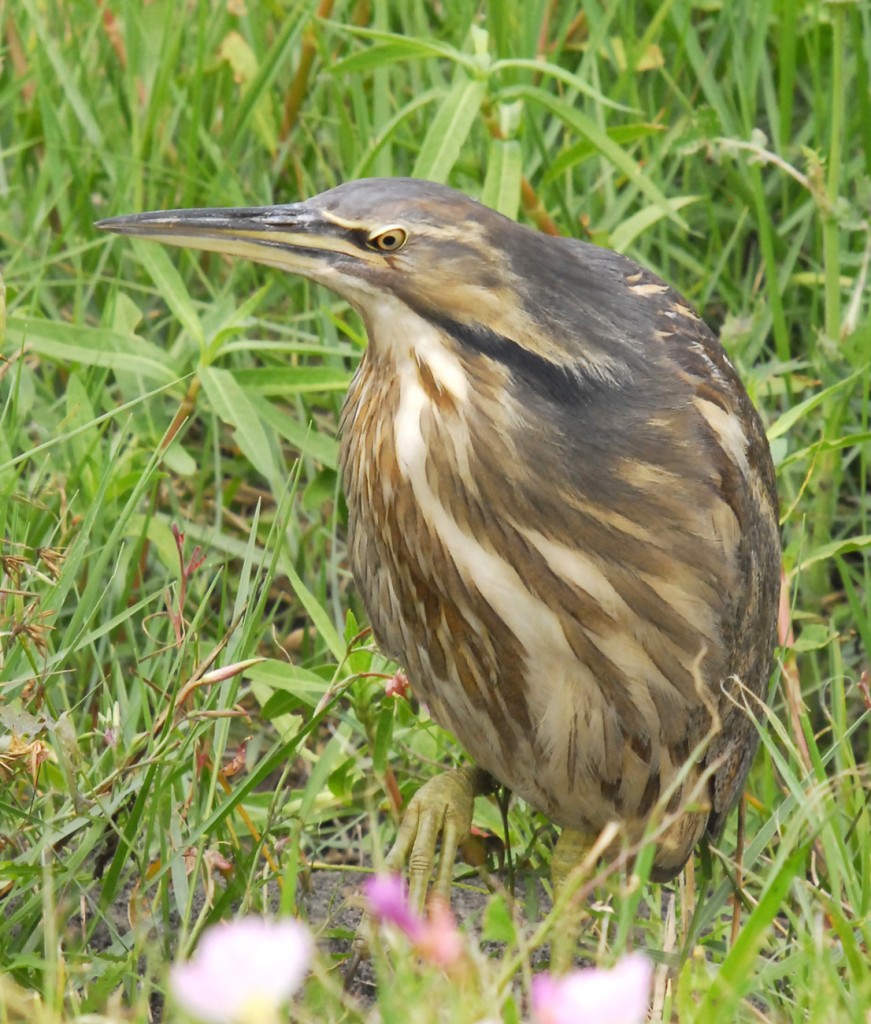Anyone with a love of nature and the outdoors should know that the purchase of a “Duck Stamp” is something that will benefit more than ducks. Many kinds of shorebirds, long-legged waders and wetland and grassland songbirds rely on habitat derived from Stamp purchases. American Bittern is just one of the non-waterfowl species that benefits from Stamp investment.

This shy heron of dense marshes often remains out of sight. It may often point its bill skyward, with its neck plumage almost mimicking the vertical pattern of marsh reeds. It has declined in many areas of its former range, with the loss of wetland habitat. But it is still found on many National Wildlife Refuges and Waterfowl Production Areas (WPAs) where appropriate habitat persists. The American Bittern’s voice is a low-toned, deep, and hollow gunk-a-lunk, audible for quite a distance.
The species can sometimes be confused with either of the young night-herons, but the American Bittern has a longer, thinner-based bill, with warmer and longer neck-streaking. American Bitterns even have more rapid wing-beats, exhibiting a blackish tone to the trailing edge of the wings.
American Bitterns breed across much of North America, from from central California and British Columbia in the West eastward to central Atlantic states, New England, and Atlantic Canada in the East.